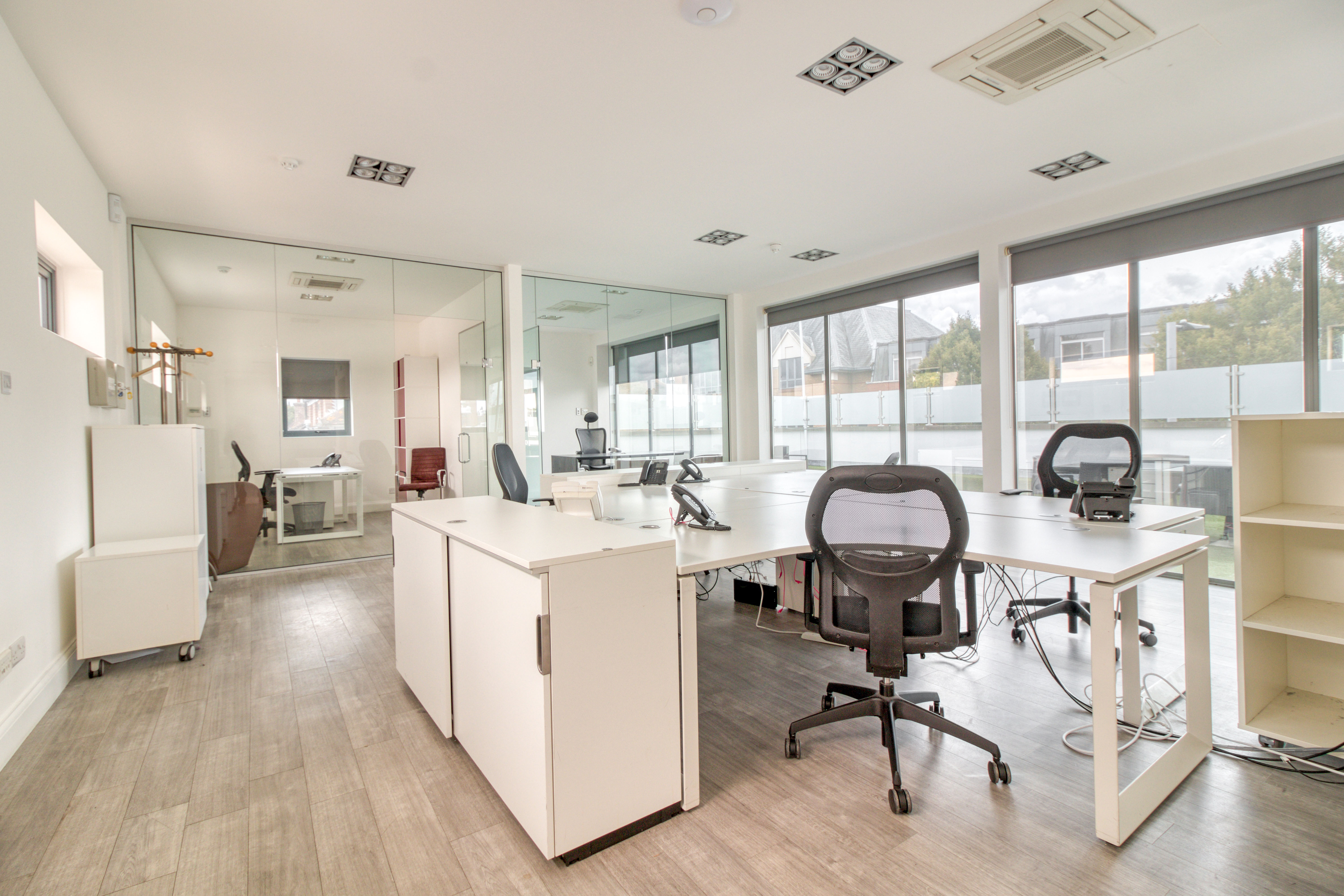Office space outlook
Monday, 24 April 2023

The outlook may not be exactly rosy for both the residential and commercial property sectors given the economic climate and the uncertainty of global events but for office space in London and the south east, the market is perhaps offering some comfort.
According to one of Fisher German’s central London agency partners Richard Clarke, whilst yields have softened, commercial property rents for London are around 10% up on pre-pandemic figures.
Meanwhile, Savills’ latest ‘Market in Minutes’ reports ‘low volumes but confidence returning’. Its latest analysis predicts investment is likely as the year progresses with plenty of capital waiting to be deployed as the market recovers.
The Carter Jonas Commercial Market Outlook is also cautiously optimistic reporting that whilst office values fell by a modest 0.8% during the pandemic, they have since increased by 2.3% (MSCI Monthly Index, February 2023). Average rental value growth for all offices in the 12 months to February 2023 was up by 1% but 1.4% in central London although 0.4% in the south east.
However, this analysis identifies a two-tier office sector emerging. As companies reassess their office requirements following the pandemic and the rise of home working which has seen hybrid working now more widespread, the demand is for higher quality but smaller spaces. Together with the call for more energy efficient offices as a result of rising utility bills, regulation and corporate responsibility demands, Carter Jonas reports the imbalance of a wide range of available office space which is increasingly not meeting these new requirements from prospective tenants.
Likewise, Clarke cites tenants with new expectations of their landlords with most wanting to move into a space with everything they need already in place, rather than having to kit it out themselves. He reports a higher demand for high quality spaces rather than the ‘nondescript office blocks which were more prevalent in the pre-covid market’.
He talks about the central London commercial market as being in ‘rude health’ but advises landlords to ensure their spaces are welcoming, attractive and sustainable. Landlords can no longer rely purely on postcode to secure the rents that were previously expected. Poor working environments are likely to be given short shrift by would-be tenants.
However, Clarke argued that landlords who invest in creating high quality, fully fitted out working environments will reap the rewards as tenants are willing to pay higher rents for such offices.
Commercial real estate global investor and services provider CBRE predicts the demand for office based employment will fall this year putting pressure on the leasing market but that the need for high quality space will continue. Thus, whilst demand for space will decline, the desire for high quality space will remain strong. It means poor quality offices or those located in unpopular or undesirable areas will struggle.
Chartered surveyor and managing director at Bonsors Andrew Pollard is seeing a similar trend in Kingston-upon-Thames and south west London.
He said: “Our own experience tells us landlords with lower quality space are struggling to find tenants whilst turnkey offices can let quickly. Together with changing legislation which is demanding landlords ensure buildings meet stricter energy efficiency levels, we are advising our office landlord clients to invest in creating ready to move into working spaces rather than risk their premises languishing empty in a challenging market.”
For advice and information for landlords and tenants looking for new space, the Bonsors team can be contacted on 0208 546 0022 or email Andrew Pollard on andrewp@bonsors.com
